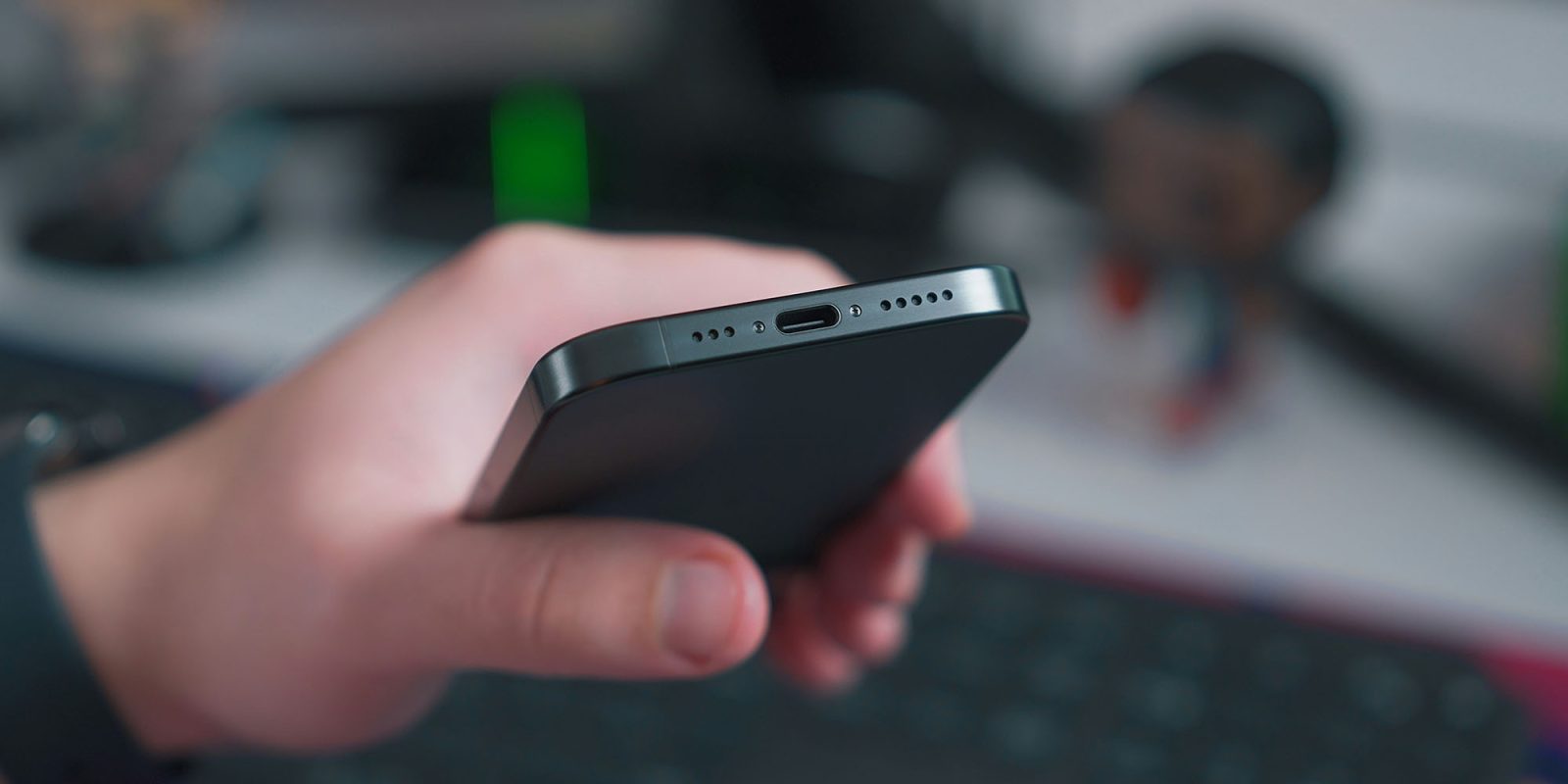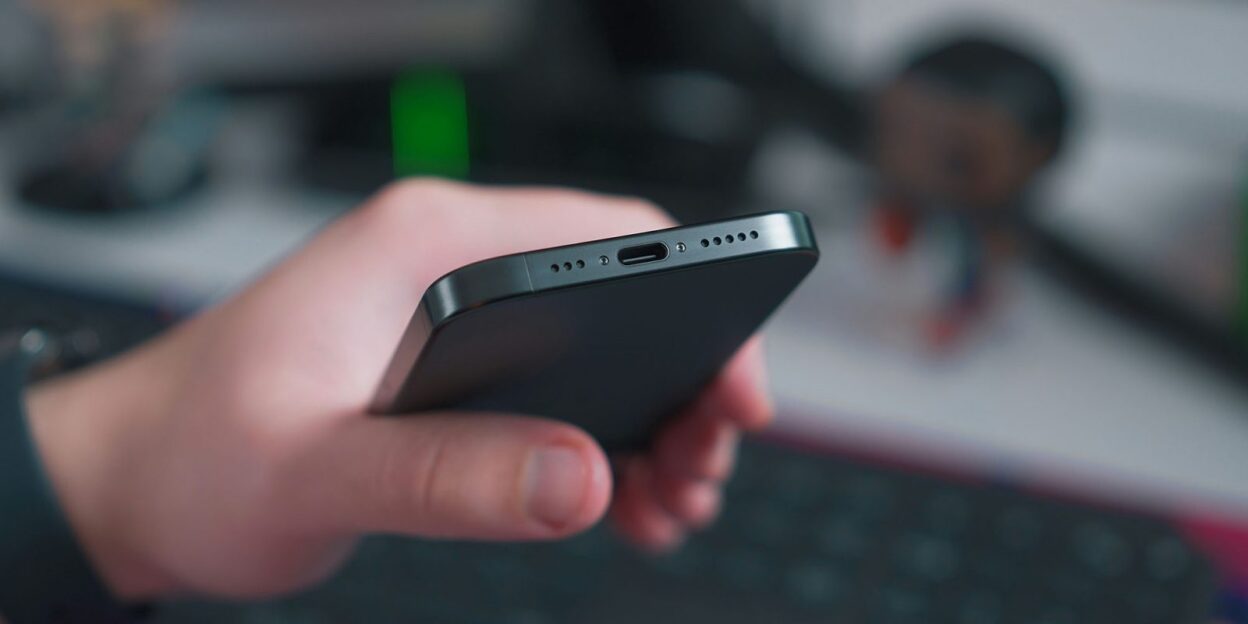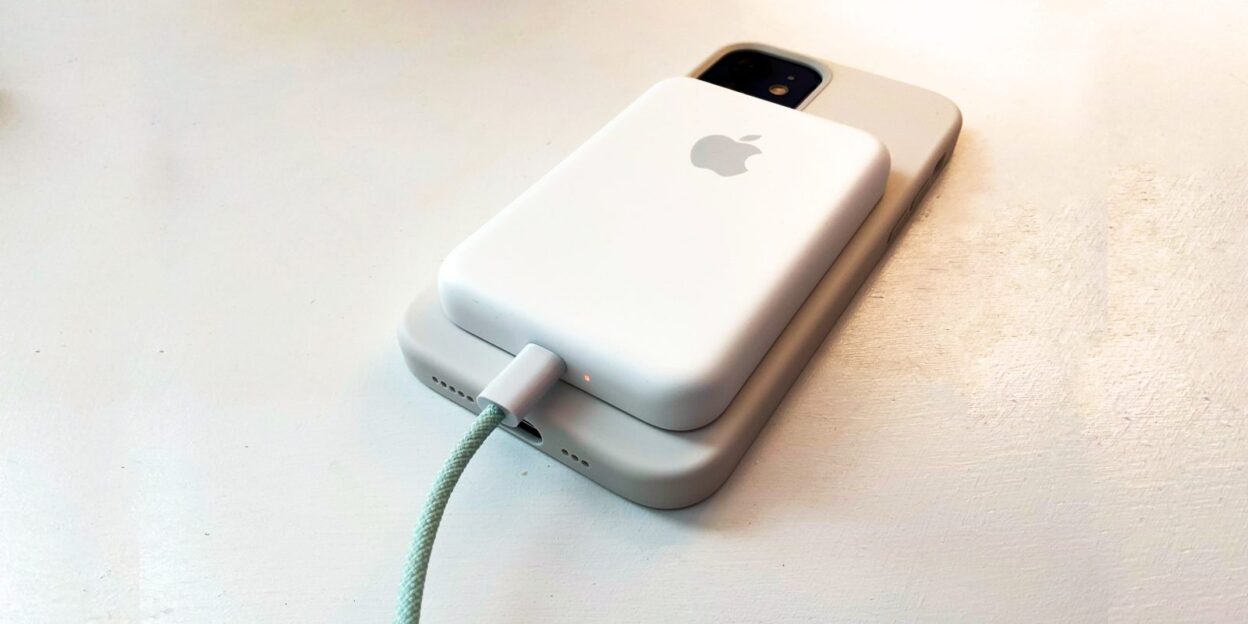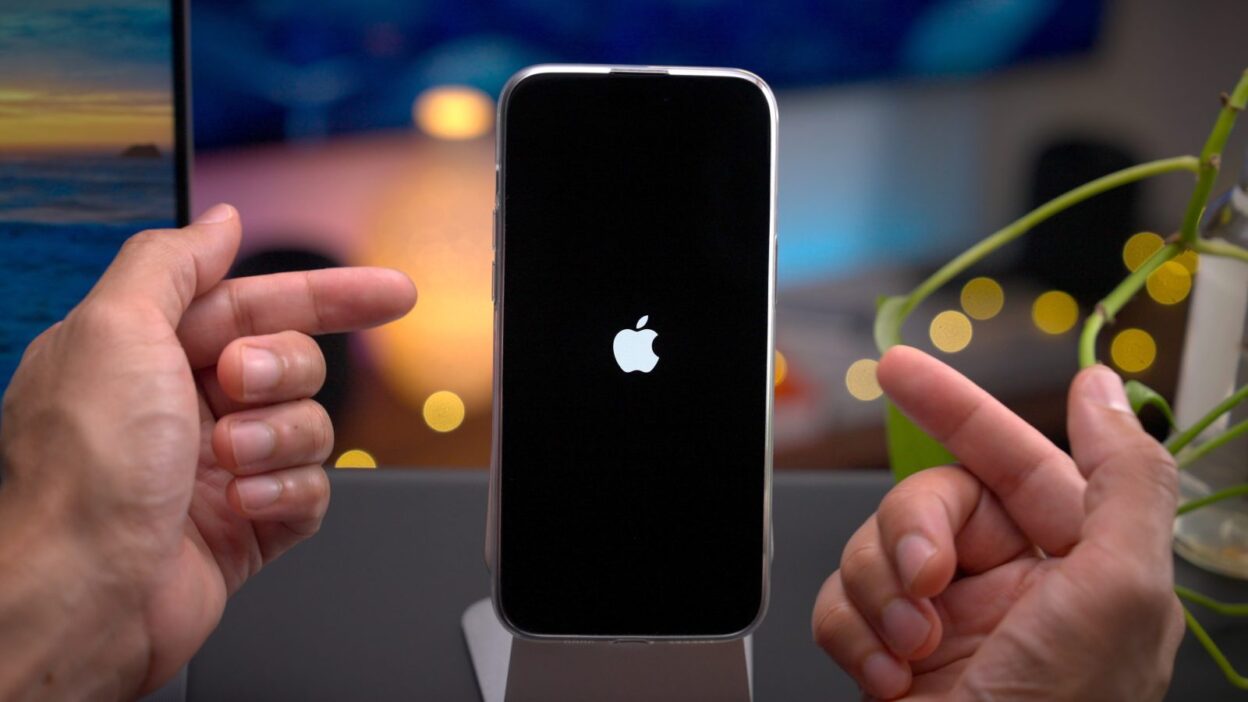Optimizing iPhone Battery Health: The 80% Charge Rule Revisited

From the iPhone 15 to the latest models, Apple offers a feature to cap charging at 80%. The premise is simple: minimize battery strain and maximize lifespan by avoiding full charges, especially if you don’t typically deplete your battery daily. But does this digital diet truly deliver tangible benefits?
Real-World Data: Examining the Impact of Charging Habits
A recent study conducted by Macwelt, a German tech publication, sought to answer this very question. Leveraging the power of crowdsourcing, they gathered battery health data from iPhone 15 users, categorizing them based on their charging practices – 80% versus 100%. Focusing on a year’s worth of usage ensured a meaningful sample size for analysis.
Initial graphical representations of the collected data hinted at a correlation between charging to 100% and diminished battery health after a year. However, to solidify these observations, a more rigorous approach was necessary.
Statistical Significance: A Deeper Dive into the Numbers
Employing a T-test, a statistical method used to compare distinct groups, Macwelt analyzed the data. A key metric in this test is the P-value. A P-value below 0.05 suggests a statistically significant difference between the groups. Remarkably, both the initial analysis with all data points and a refined analysis excluding data with fewer than 140 charge cycles yielded P-values below this threshold (0.047121 and 0.047547, respectively). This strongly indicates that charging habits do indeed influence long-term battery health. (iPhone Battery Health, iPhone Battery Lifespan, Optimize iPhone Battery)
Quantifying the Difference: Practical Implications for Users
While statistically significant, the observed difference in battery capacity degradation isn’t dramatic. In some cases, maximum capacity decreased from 99% to 98%, while in others, it dropped from 95% to 93%. For those who upgrade annually, this minor variation might not warrant altering charging habits. However, for users who hold onto their devices for multiple years, the cumulative effect of this degradation becomes more pronounced. Adopting the 80% charging limit, if feasible within daily usage patterns, could contribute to a healthier battery over the long haul.
Photo by Onur Binay on Unsplash






